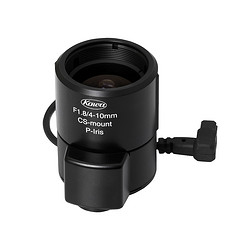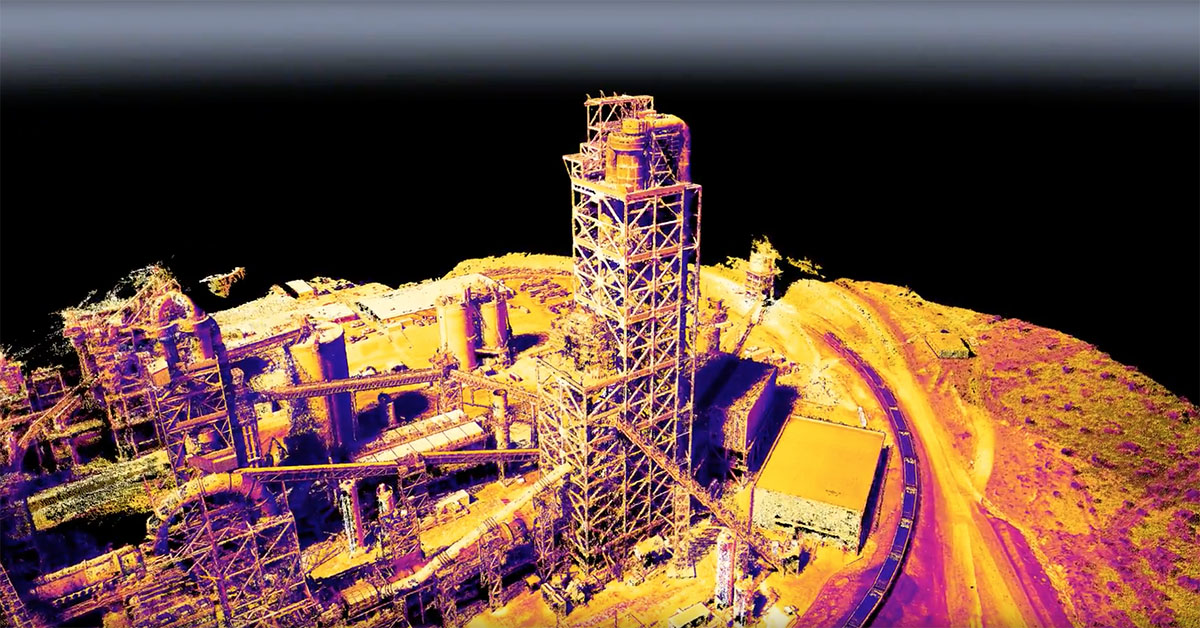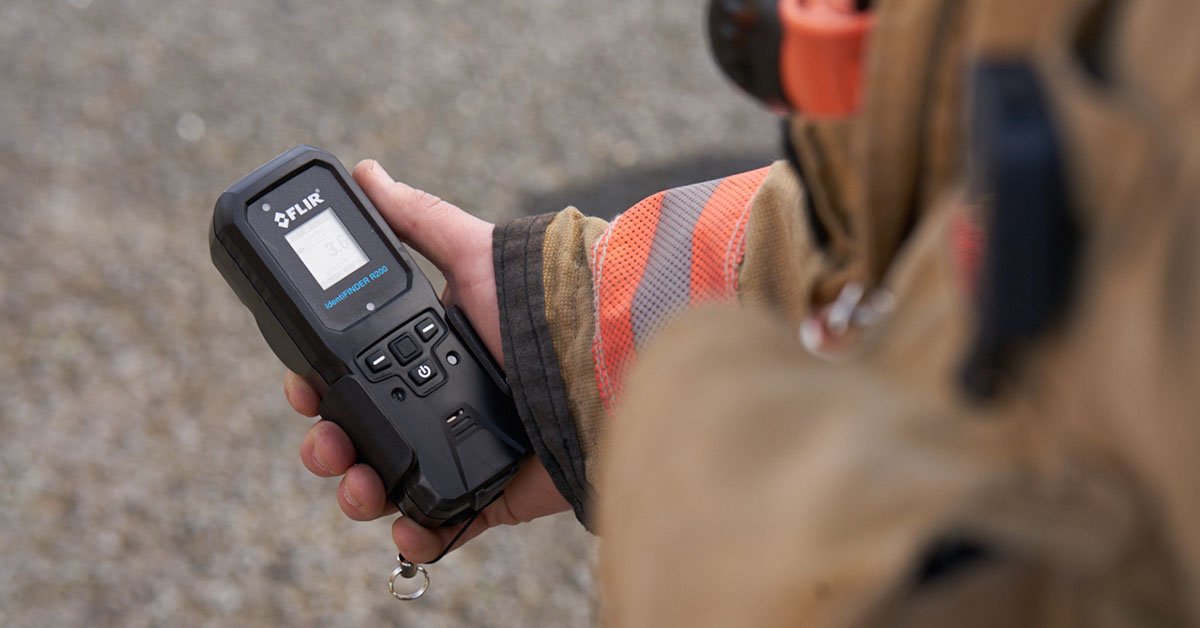Auto iris control with Zebra2 cameras
Last Revision Date: 5/17/2014
This article describes the auto iris feature available on Zebra2 cameras.
Outdoor imaging and remote camera installations have motivated the invention and evolution of auto iris lenses. These products allow users to control the lens aperture opening using motors and control signals. Over the years several control schemes has evolved. This articles introduces DC auto iris and P-iris technology available on our Zebra2 cameras.

Zebra2 Camera
What is DC Auto Iris?
DC Iris is a type of lens where the iris opening can be controlled by a DC motor. It uses a DC motor to open the iris and spring tension to force the iris to close. DC Iris was introduced by the security camera market with analog cameras many years ago and is one of the most popular auto iris technologies today. Due to its popularity and availability, digital cameras have adopted this technology.

DC Iris from Fujinon
How does DC Auto Iris work?
A DC Iris lens consists of a DC motor used to move the aperture in one direction and a spring to return the aperture to its original location, typically closed. The lens relies on a reference signal which it compares with a control signal supplied by the camera to determine whether the iris should open or close. If the control signal amplitude is higher, the lens is opened, and if the control signal is lower, the lens is closed. Because the camera can never perfectly match the analog reference, the iris does not rest and will continue to drift in either direction until the control signal is updated again. For this reason, continuous imaging is preferred when using DC auto iris lenses.
What is P-Iris?
In recent years, various lens manufacturers have introduced a new type of automatic lens to the market called Precise Iris (P-Iris). P-Iris uses a stepper motors to enable exact positioning of the aperture in any location along its range. This type of control is ideal for discrete systems such as digital cameras.

P-Iris from Kowa
How does P-Iris work?
The aperture is controlled by a stepper motor each position, representing a particular F stop or aperture opening. When first connected to the camera, the lens needs to be initialized. The camera drives the stepper motor to the maximum F stop position and back to the minimum according to the maximum number of steps defined by the lens manufacturer. This creates registration and prepares the lens for use. The user can now accurately map a particular aperture size or F number to a step position.
When used in an automated fashion, the camera evaluates how the image is exposed and determines the average intensity of the image and adjusts the iris position accordingly to increase or decrease the average intensity. Since the iris positions are discrete, once the iris moves into the desired position, it will not move again until the next image capture. This eliminates iris drift and allows images to be captured at irregular intervals. Combined with auto exposure and auto gain, the camera can optimize image capture for best depth of field, low noise, or minimum motion artifact.


